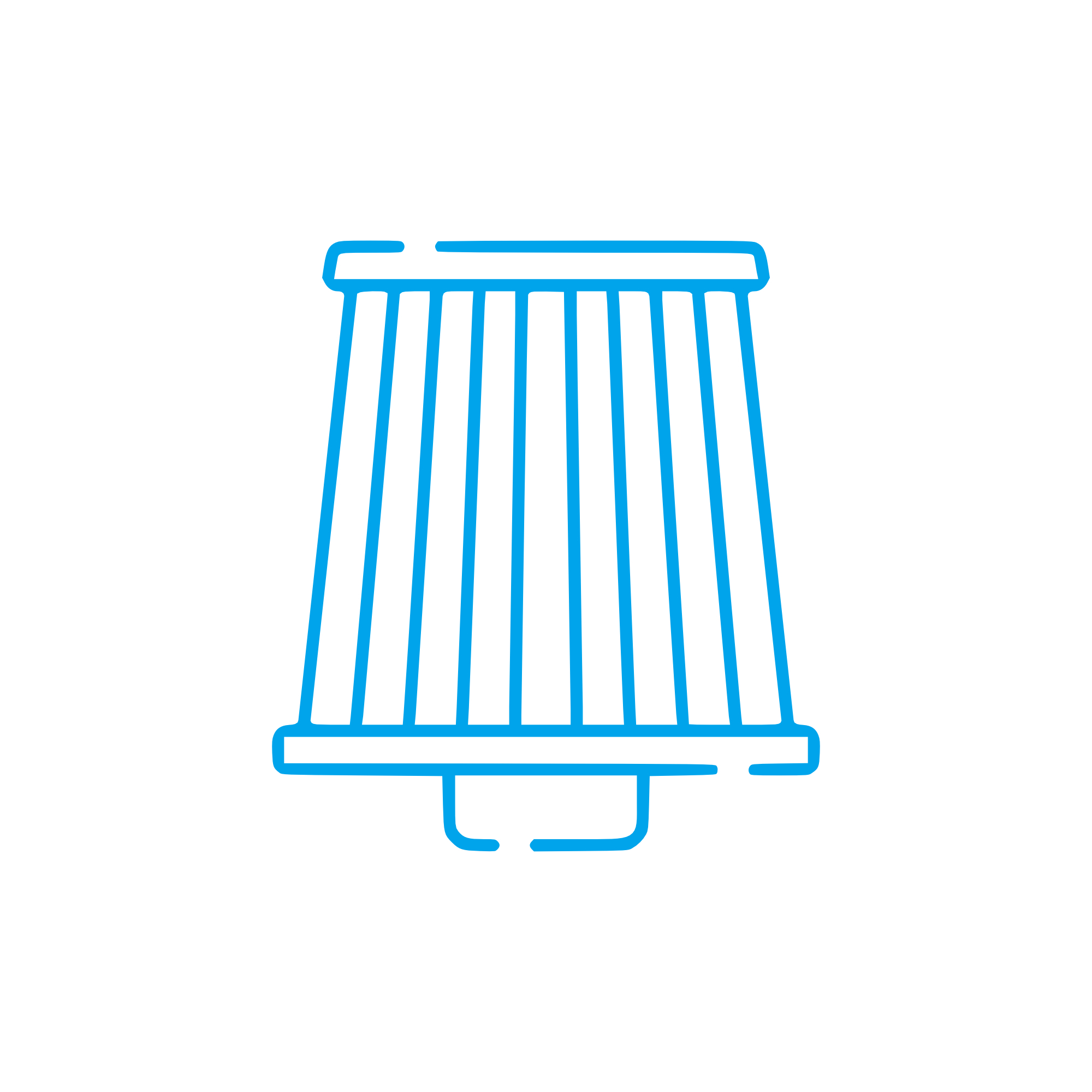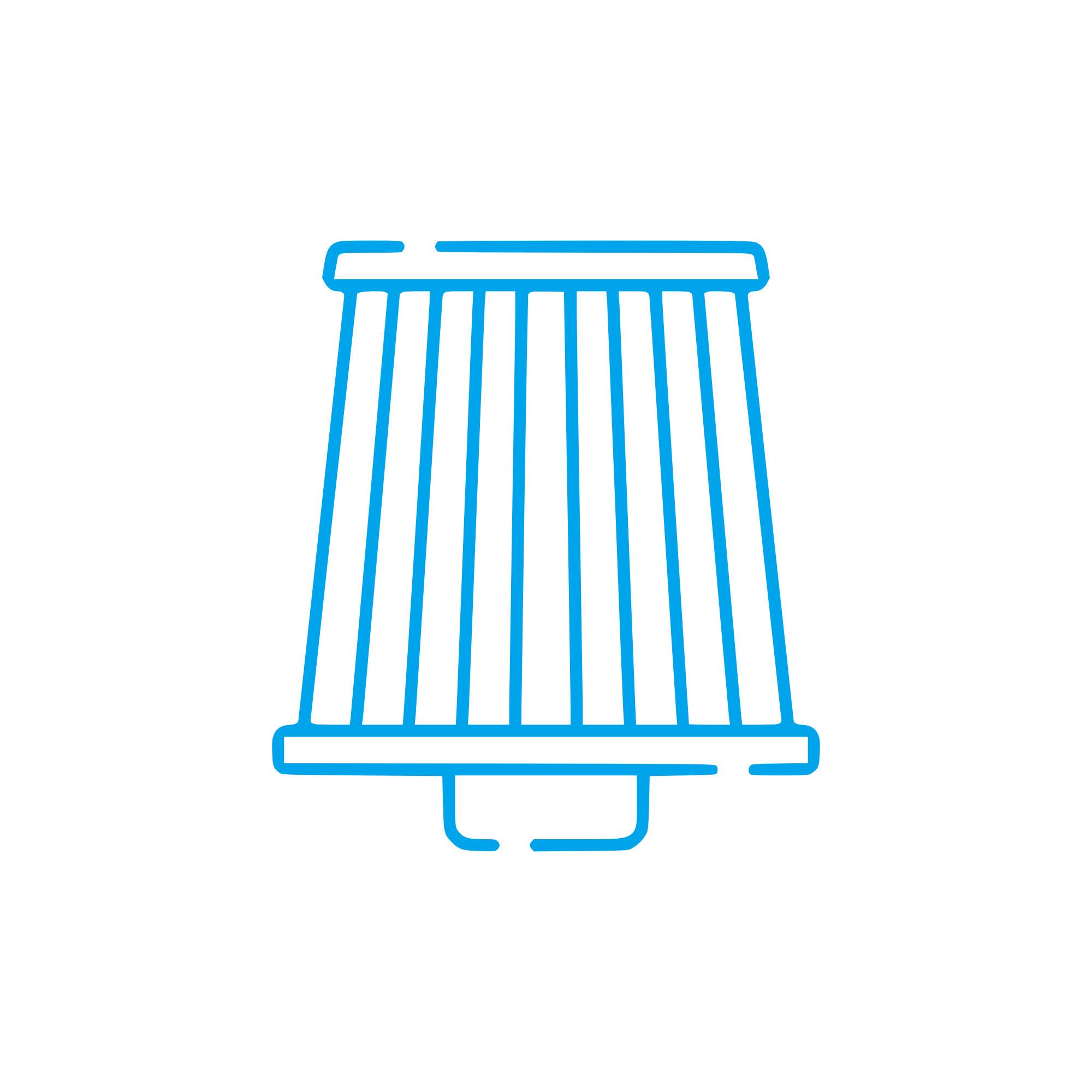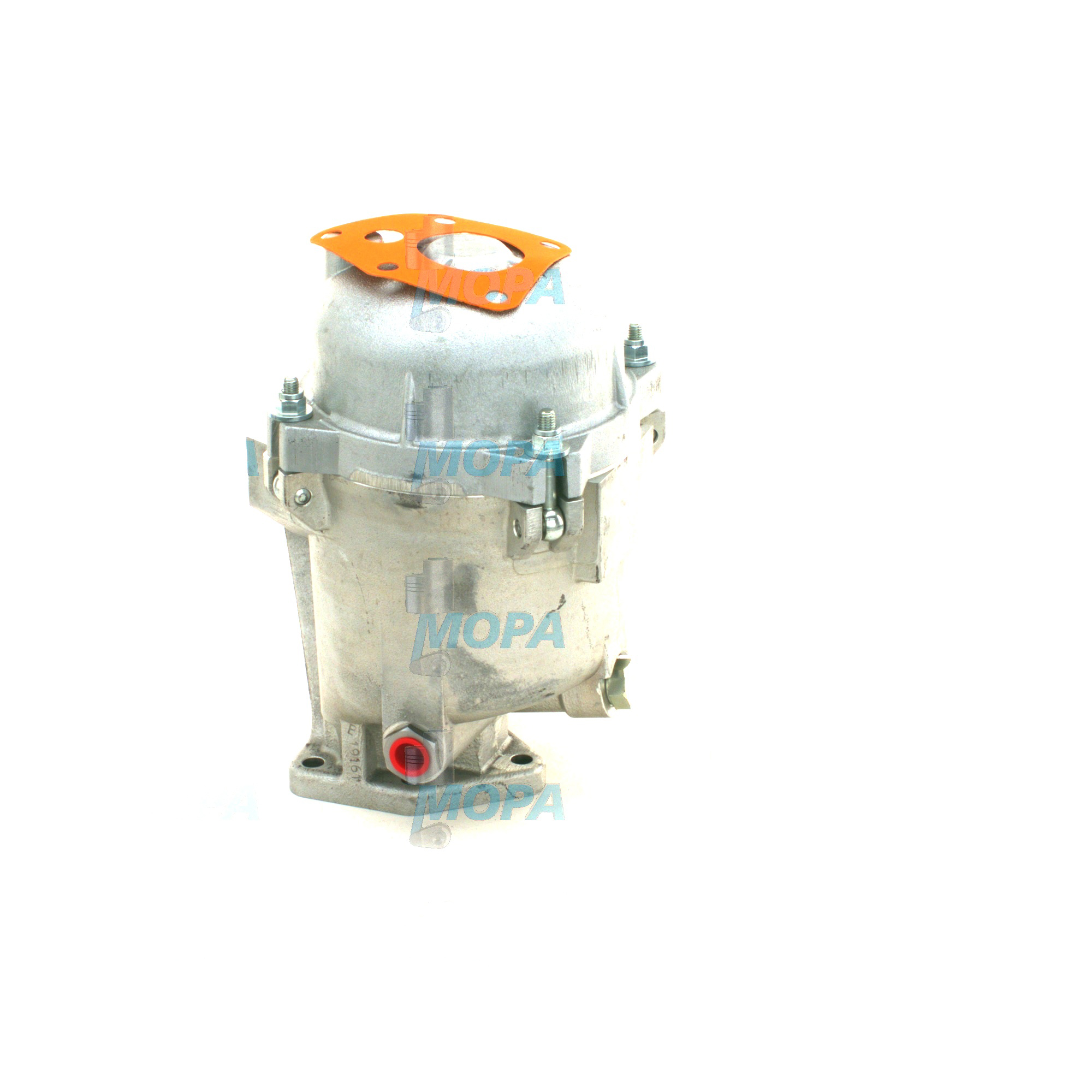OIL CENTRIFUGE Filters for Marine and Diesel Engines
Filters are precision components that protect the critical systems of combustion engines by removing particulate, sludge, soot, water, and corrosive by‑products from fluids and air streams. In marine engines and high-output diesel engines, filters safeguard lubrication, fuel delivery, intake air quality, and coolant chemistry—directly influencing power, emissions stability, and total cost of ownership. This category covers the full spectrum: lube oil filters (full‑flow and bypass), OIL CENTRIFUGE solutions for continuous oil cleaning, duplex fuel filters with water separation, fine secondary fuel filters, crankcase ventilation filters, intake air filters, and coolant filters with additive dosing. Selected correctly and serviced on time, filters stabilize performance, extend service intervals, and protect high‑value components such as bearings, injectors, turbochargers, and liners.
Technical function of filters and OIL CENTRIFUGE in diesel engine and marine engine systems
In a lubrication circuit, full‑flow oil filters capture wear particles and combustion soot before the oil reaches bearings and turbocharger journals. Media selection (cellulose, synthetic microglass, or blended) and surface area are engineered to achieve high beta ratios (per ISO 16889) at defined micron ratings, while low differential pressure (Δp) preserves oil flow. Bypass valves are calibrated to the engine’s viscosity and temperature profile to prevent starvation at cold start.
As a complementary system, an OIL CENTRIFUGE for a diesel engine or marine engine harnesses centrifugal force to remove sub‑micron soot, asphaltenes, and sludge that challenge conventional media. Driven by oil pressure, the rotor accelerates and deposits contaminants onto the bowl wall, continuously lowering insolubles and varnish precursors. This reduces the loading on full‑flow elements, helps maintain oil cleanliness targets (e.g., ISO 4406 codes), and can stabilize base number and viscosity—especially valuable in heavy-fuel and extended‑duty applications. Using OIL CENTRIFUGE OEM parts ensures nozzle geometry, rotor balance, and sealing integrity meet the specified separation efficiency and flow.
On the fuel side, multi‑stage filtration combines a primary coalescing/water separator with a secondary high‑efficiency fine filter. The primary stage captures gross particulates and emulsified water to protect pumps; the secondary stage protects injectors from abrasive fines that can cause needle scuffing and poor spray patterns. Air intake filters maintain the compressor’s aerodynamic efficiency by keeping silica and salt crystals out of the turbo, while crankcase ventilation filters reduce oil mist carry‑over and maintain clean intake tract conditions. Coolant filters stabilize chemistry and, where applicable, dose supplemental additives to prevent cavitation and liner pitting.
- · High dirt‑holding capacity at low Δp for stable oil flow.
- · Defined micron ratings and beta ratios for predictable efficiency.
- · Water separation and coalescing for clean, dry fuel.
- · Robust seals and adhesives resistant to fuel, oil, and coolant chemistries.
- · Duplex housings for on‑the‑fly changeover in marine duty.
- · OIL CENTRIFUGE bowl designs for continuous soot/sludge removal.
- · Service indicators and differential‑pressure ports for condition‑based maintenance.
Why filters are critical for reliable engine operation and long service life
Cleanliness control is directly tied to component longevity. Insufficient lube oil filtration accelerates bearing and cam wear, increases turbo shaft scoring, and can lead to ring sticking and liner polishing. If a filter is overloaded and the bypass valve opens frequently, unfiltered oil circulates—carrying hard particles that erode precision clearances. In fuel systems, inadequate filtration promotes injector tip erosion, poor atomization, higher specific fuel consumption, and elevated exhaust temperatures. Water in fuel fosters corrosion, microbial growth, and pump seizure.
Intake air filter neglect elevates compressor fouling, drives turbo overspeed risk, and distorts air‑fuel ratios—undermining emissions compliance. Coolant filter issues can destabilize additive balance, causing scale, silicate dropout, or liner cavitation. An OIL CENTRIFUGE that is not serviced (e.g., bowl not cleaned, jets clogged) loses separation efficiency, allowing soot and sludge to accumulate and thicken the oil, raising frictional losses and shortening oil life. In all cases, the cost of inadequate filtration manifests as unplanned downtime, higher fuel burn, and accelerated overhaul intervals.
Advantages of OEM spare parts suitable for Filter
Using OEM spare parts suitable for Filter applications preserves the engineered performance envelope of each system. Media formulation, pleat geometry, end‑cap bonding, and bypass valve cracking pressure are matched to the engine maker’s flow and Δp maps. Seal materials are validated for exposure to biodiesel blends, low‑sulfur distillates, heavy base oils, and modern coolant chemistries, preventing swelling, shrinkage, or leaks. For OIL CENTRIFUGE components, rotor mass, nozzle diameter, and bearing clearances are critical to achieve target g‑forces and stable rotation across viscosity ranges; OEM parts keep those parameters consistent.
Traceability and quality controls ensure every filter element or centrifuge spare delivers repeatable filtration efficiency and service life, while protecting budgets by avoiding premature changeouts, collateral damage, and off‑spec emissions events. In daily operations, the practical benefits are clear: shorter maintenance windows thanks to proper fit, reliable differential‑pressure behavior that enables condition‑based service, and predictable cleanliness outcomes that extend oil and component life.
OIL CENTRIFUGE OEM parts: precision that protects performance
When specifying OIL CENTRIFUGE OEM parts for a marine engine or a high‑horsepower diesel engine, attention to small details makes a big difference. Correct bowl seals prevent internal bypass. Proper nozzle sizing keeps rotor speed in the optimal band, maximizing separation of sub‑micron soot without starving the lubrication circuit. Balanced rotors minimize vibration and bearing load. Aligning these details with the filtration strategy of your full‑flow elements yields cleaner oil, longer intervals, and stable pressure across the engine’s load profile.
MOPA as your partner for OEM spare parts Filter
MOPA is an experienced and reliable partner for OEM spare parts suitable for Filter systems across diesel and gas engines. Purchasers and technical teams value our speed of response, dependable quality, and security in the trade of OEM parts. We support fleets and power plants with rapid sourcing, accurate cross‑referencing of part numbers, and global logistics that minimize vessel downtime. From duplex fuel filter elements to OIL CENTRIFUGE OEM parts and complete service kits, MOPA delivers the components you need with technical clarity and consistent lead times.
Conclusion: Filters with OIL CENTRIFUGE benefits for performance and economy
Effective filtration is a cornerstone of engine reliability, and integrating an OIL CENTRIFUGE with high‑efficiency filters helps marine and diesel engines maintain clean fluids, stable performance, and longer service intervals. Choosing OEM spare parts suitable for Filter systems ensures precise fit and proven efficiency, safeguarding budgets while protecting critical assets under demanding operating conditions.




